Kiel: capital of sailing ships and seafood delicacies
A large naval base and trading port, Kiel is also the world capital of sailing. A large sailing regatta is conducted here in June, attracting three million spectators. Submarine construction continues in Kiel even today, while a World War II submarine is a place for excursions. There are always cruise liners flaunting in the port. Tourists are drawn to seafood restaurants marked with Michelin stars. Locals highlight their unbreakable connection with the sea, jokingly calling themselves “Kiel sprats”.
Cafes, bars and restaurants in Kiel
Отели города Kiel
See all
Restaurants

BANMAAI
Restaurant • Bar
+49 431 58780978
Payment methods:

Fischkuche Laboe
Fish restaurant
+49 4343 429799
Payment methods:

Gilgals Soul Kitchen
Restaurant • Catering
+49 431 28928087
Payment methods:

Lüneburg Haus
Restaurant • Inn • Bistro • Catering
+49 4319 826000
Payment methods:
All sights in KielSee all
Landmarks in the city Kiel

Antique Art Gallery
Museums and Exhibitions
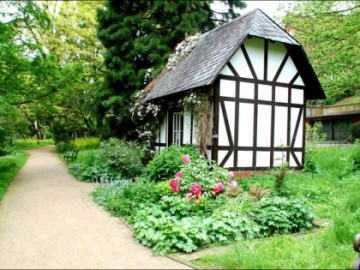
Botanical Garden
Parks and recreation

Kiel City Museum
Museums and Exhibitions
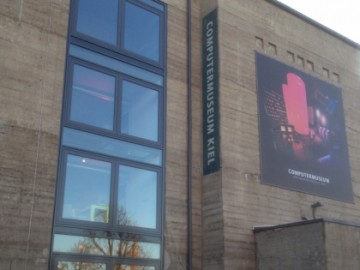
Computer Museum
Museums and Exhibitions

Kiel Marine Museum
Museums and Exhibitions

Foundry
Museums and Exhibitions

City Art Gallery
Museums and Exhibitions
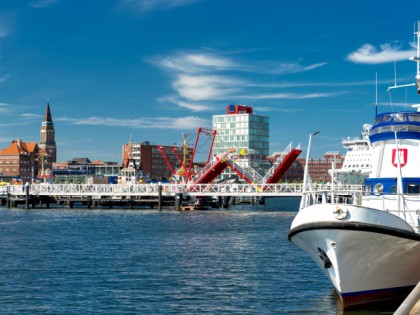
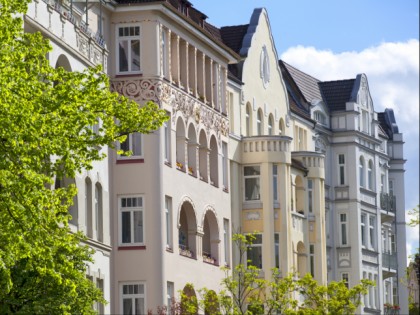
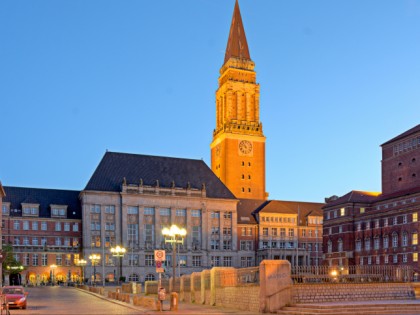
 Parks and recreation
Parks and recreation
 Museums and Exhibitions
Museums and Exhibitions